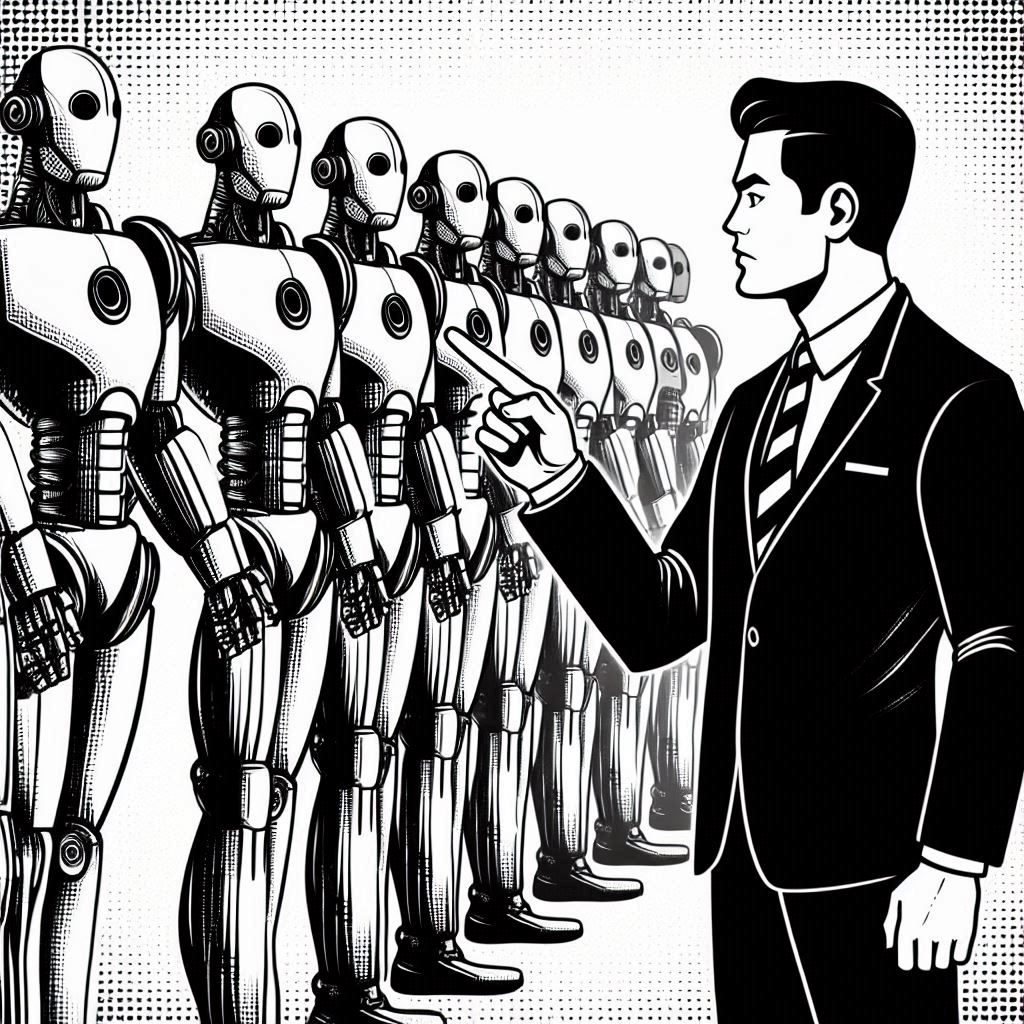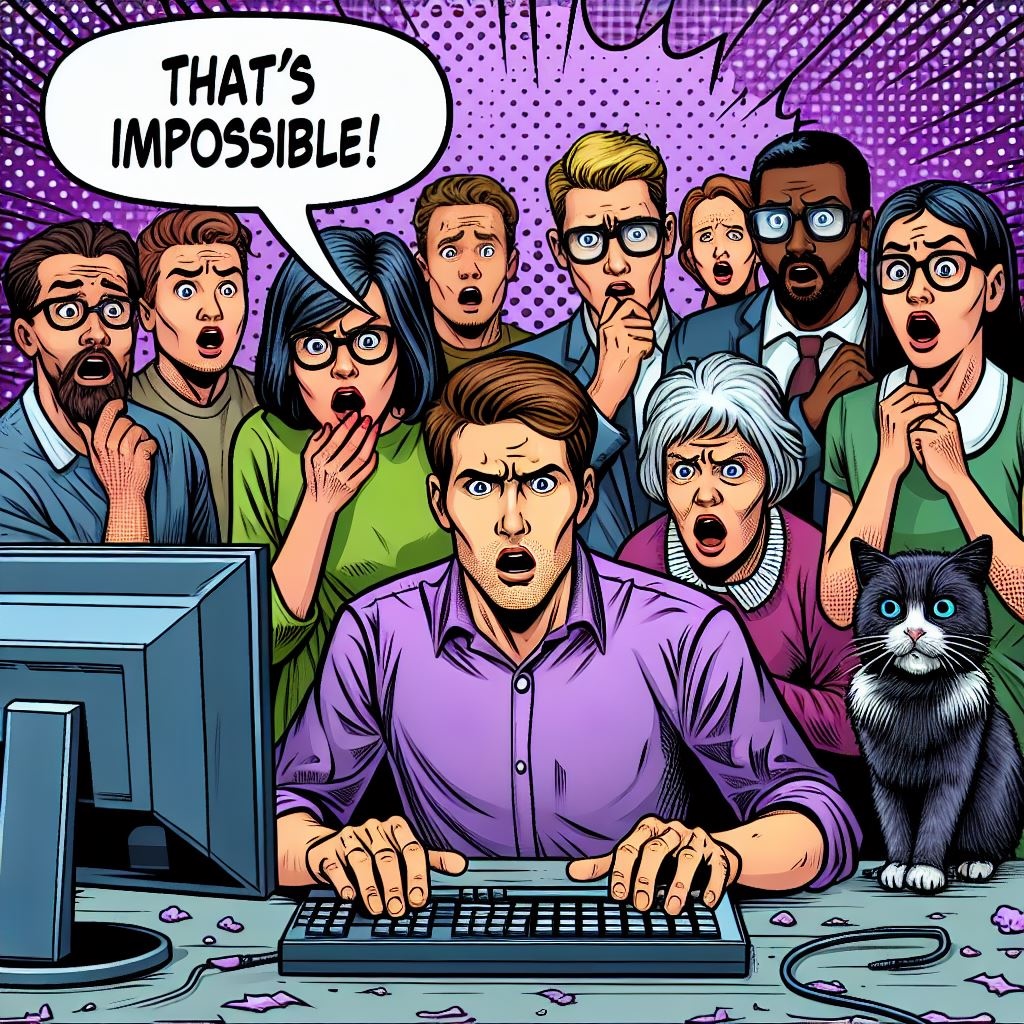How I minimise development waste
Learn why most software features go unused and how I prevent development waste by being a strict gatekeeper. Discover why saying no is the most valuable custom software development service I provide as a UK software development company.

Joe Peel

The uncomfortable truth about software development
I want to share how I minimise development waste, and what I mean by that is simple: it's remarkably common in software projects to build something that no one ever uses. Features that have no value to anyone. This usually happens when someone thinks something is a good idea, but they turn out to be wrong.
The statistics are sobering. Research shows that 64% of features in software products are rarely or never used. That's nearly two-thirds of development effort going straight into the bin. In monetary terms, if you're spending £30,000 on a project, you're potentially wasting £20,000 on features that deliver no value.
Being the gatekeeper you didn't know you needed
I tackle this by being a real gatekeeper to coding. Although clients pay me and I'm here to serve them, a big part of that service is saying no - a lot. I challenge what you're trying to build, question your assumptions, and push back on features that don't pass scrutiny.
This comes from a place of giving a damn about the outcome. I've seen too many projects fail because teams built everything the client imagined they needed, rather than what users actually wanted. My job isn't to be a yes-man who codes whatever you dream up. It's to help you build something successful.
Why good ideas often aren't
We're not blessed with the ability to always spot what's a waste of time. Sometimes things seem obviously good ideas. You agree, I agree, other stakeholders agree. We build it, it goes live, and it's a complete flop. That happens even with the best intentions and smartest people in the room.
But here's what I've learnt: in the early days of a project, when you don't have extensive customer feedback, it's crucial that someone is strict about what goes into the first build. If you've read my other articles, you'll know I mention this constantly - we need to build an MVP (Minimum Viable Product), a lean version one that's commercially viable and can be licensed and sold.
The feedback loop that prevents waste
This MVP approach using lean for software development principles is different from building a complete, all-singing, all-dancing product. The thing that makes products successful is solving a particular problem for your customers. You'll never fully understand what that looks like until you get something out there for them to test and provide feedback on.
Let them tell you what they like. Let them tell you what they don't like. Let them share their ideas. When one customer suggests something, it might be worth noting. When ten customers ask for the same thing, it needs adding as soon as possible.
The difficulty is that you and I, racking our brains together, might never guess what those ten customers will ask for. It's incredibly hard to predict. Even with experienced minds coming up with ideas, we might develop something we both think is brilliant, only to watch it flop because customers wanted something completely different.
My waste prevention methodology
Here's how I keep development focused and waste-free:
1. The Challenge Everything Phase Before writing a single line of code as a custom software development company, I interrogate every feature idea. What problem does it solve? Who specifically will use it? How do we know they want it? If the answers are vague, it doesn't make the cut.
2. The Core Problem Focus I help identify the absolute core problem your product solves. Everything else is secondary. This laser focus means we're building what matters, not what might be nice to have.
3. The Quick Launch Strategy By keeping things minimal and launching within 8 weeks, we get real feedback before significant investment. This prevents the classic mistake of building for months based on assumptions.
4. The Iteration Advantage Once live, we let actual usage data and customer feedback drive development. This is infinitely more reliable than our best guesses in a meeting room.
Real examples of waste prevention
I've worked on projects where clients were convinced they needed complex features like:
- Advanced analytics dashboards (users just wanted a simple report)
- Sophisticated permission systems (everyone used the same access level)
- AI-powered recommendations (users preferred manual search)
- Real-time collaboration (users worked asynchronously)
By pushing back on these features initially, we saved months of development time and tens of thousands in costs. More importantly, we launched faster and built what users actually wanted based on their feedback. This is a key part of how I keep projects within budget.
The psychological challenge
The hardest part isn't technical - it's psychological. Founders and product owners fall in love with their feature ideas. They've thought about them, discussed them, maybe even promised them to stakeholders. When I say no, it can feel like rejection.
But remember: I'm not rejecting your vision. I'm protecting it. By preventing waste, we ensure your budget goes towards features that drive real value. By launching lean, we validate your core concept quickly. By iterating based on feedback, we build something users love rather than what we imagined they'd love.
The compound effect of waste prevention
When we minimise waste from the start, the benefits compound:
- Lower initial investment means less financial risk
- Faster launch means quicker validation
- Focused features mean easier user adoption
- Clean codebase means faster future development
- Happy users mean better word-of-mouth growth
This approach has helped my clients launch successful products while competitors were still building features nobody wanted. It's not about building less - it's about building smart.
Working with a professional pessimist
If you work with me, expect pushback. Expect challenges to your ideas. Expect me to ask uncomfortable questions about why features are necessary. This isn't negativity - it's professional pessimism born from experience.
I've seen too many projects fail from feature bloat. I've watched startups burn through funding building the wrong things. I've inherited codebases where 80% of the code supported features nobody used. I don't want that to happen to your project.
By being strict about what goes into your initial build, by building less and launching faster, by letting real users shape the product rather than our assumptions, we dramatically increase your chances of success. That's how I minimise development waste - by caring enough to say no.
Need someone who gives a damn?
Let's talk about your project. I'll be honest about what you need and what you don't.
Book a no-BS chatRelated Articles

How I can build your MVP in 8 weeks
Learn my proven approach to building MVPs in 8 weeks using the 80/20 principle and rapid app development techniques. Discover why launching lean beats feature-loaded products and how platform app development creates self-funding growth cycles.

How I keep features focused
Learn how I use the 80/20 principle to prevent feature bloat and deliver focused software products through bespoke software development. Discover why saying no to features creates better web development outcomes than saying yes to everything.

What is an MVP?
Learn what an MVP really means and why building the minimum viable product using rapid app development is the smartest way to launch. Discover why starting small with custom software development leads to better outcomes than trying to build everything at once.

About Joe Peel
Laravel developer and SaaS specialist helping businesses build scalable web applications. With years of experience in full-stack development, I focus on creating robust, maintainable solutions that drive business growth.
Learn more about me →